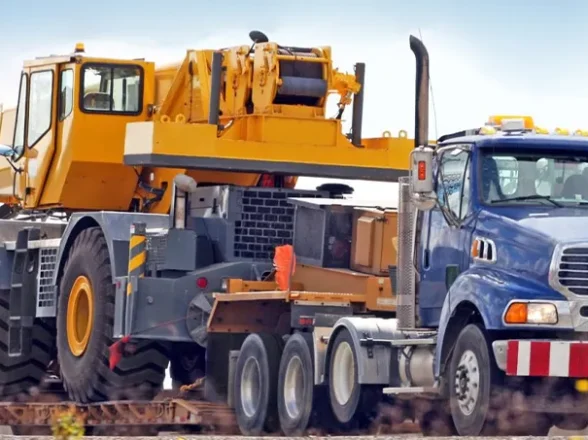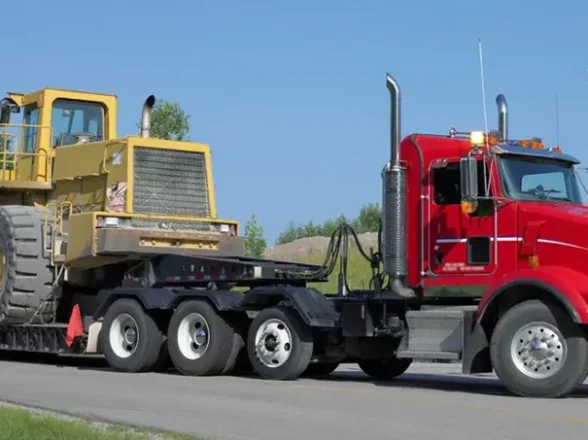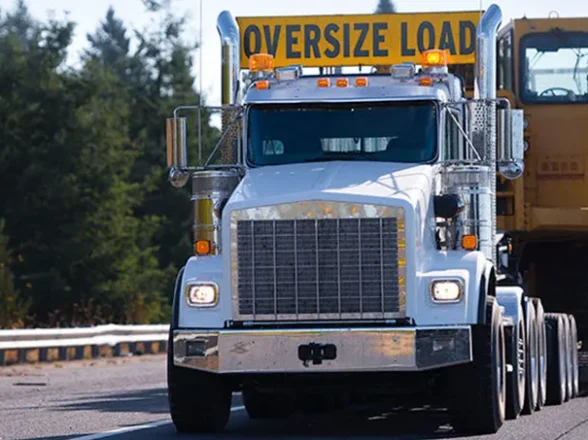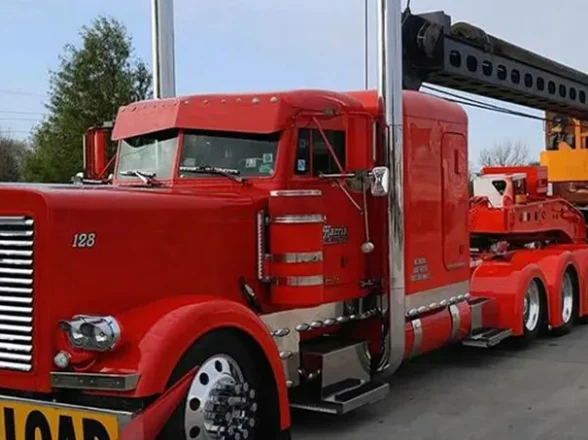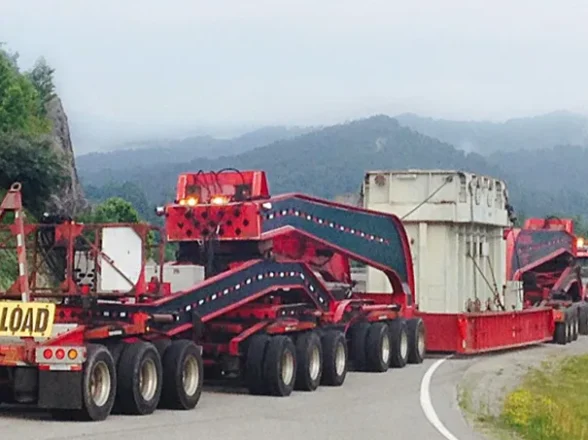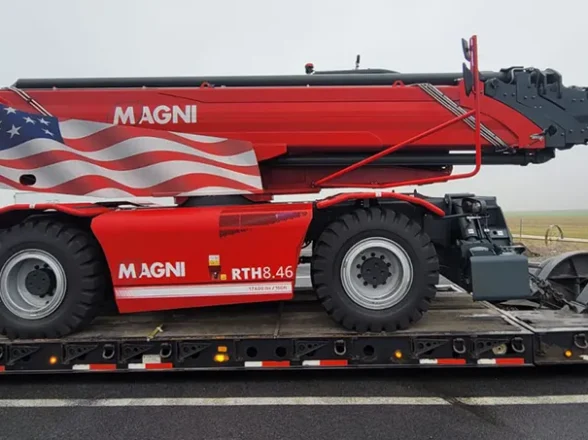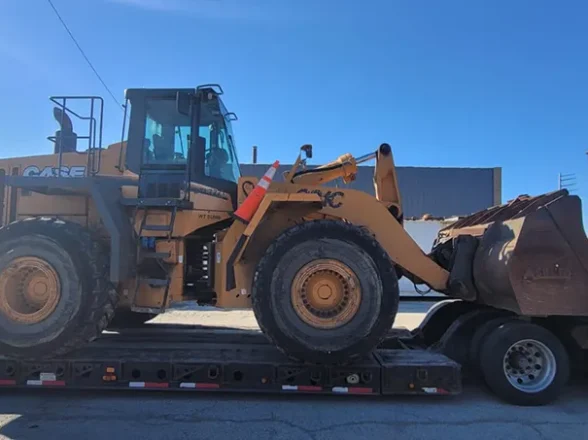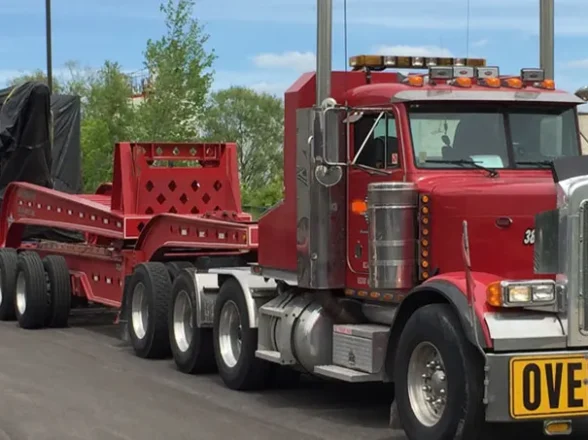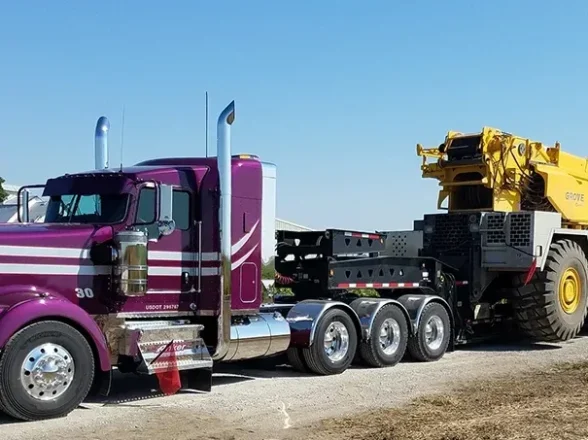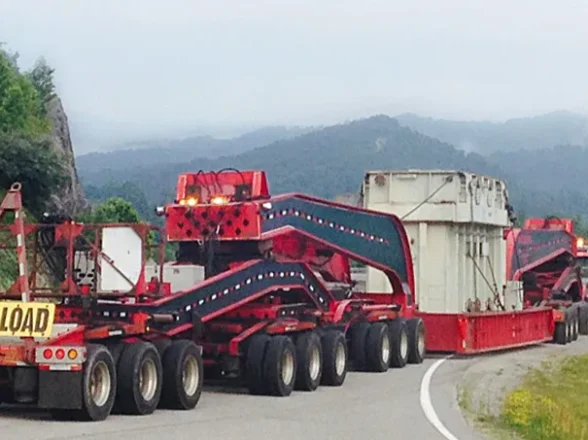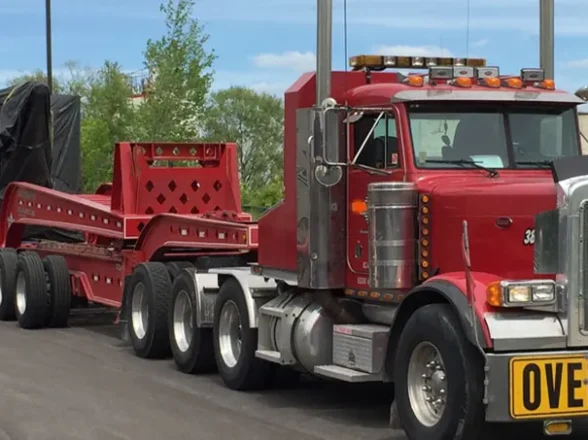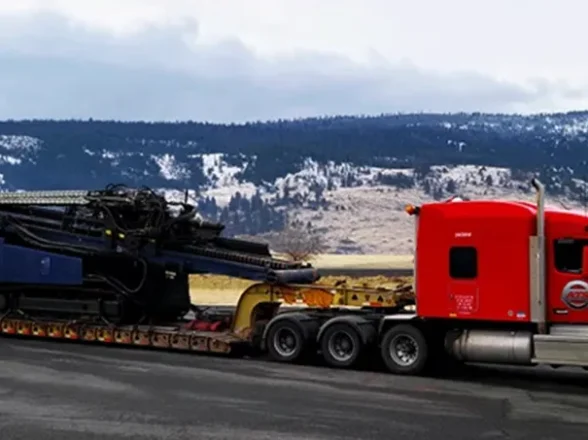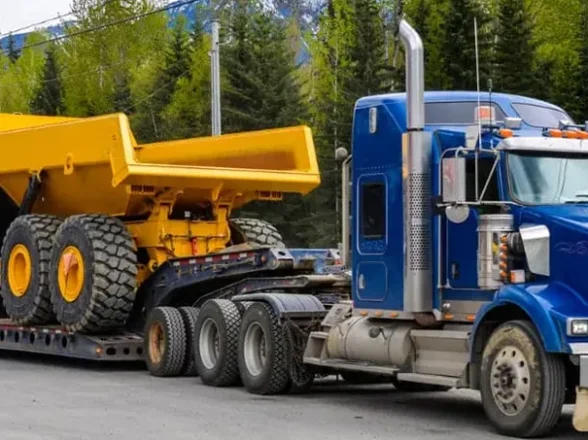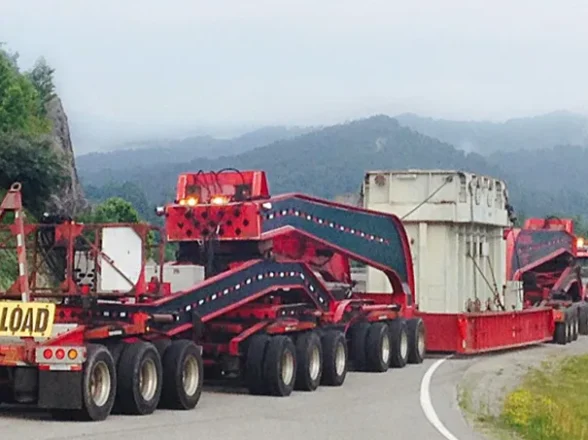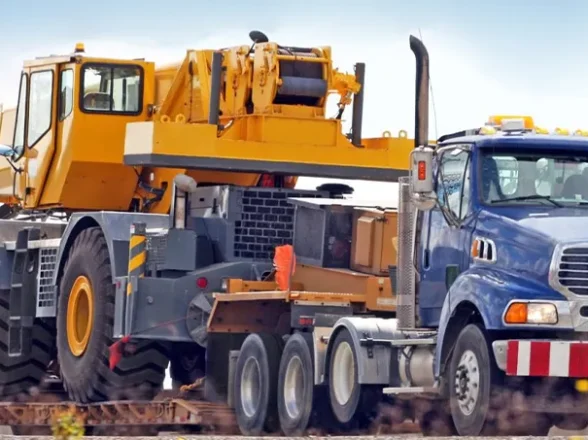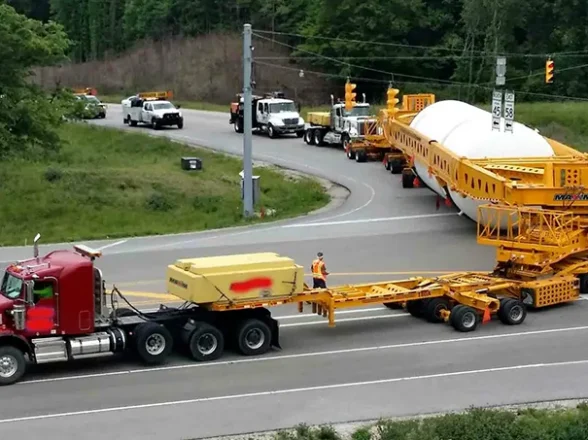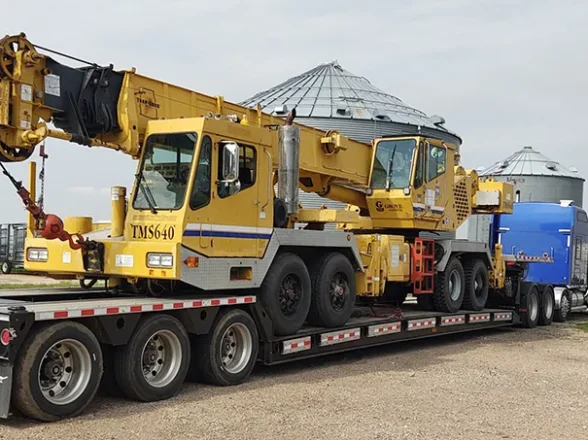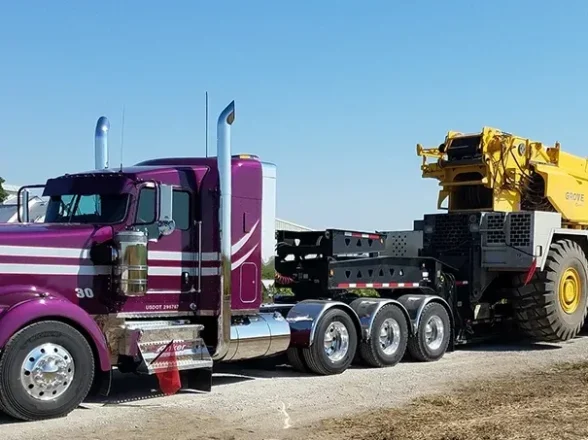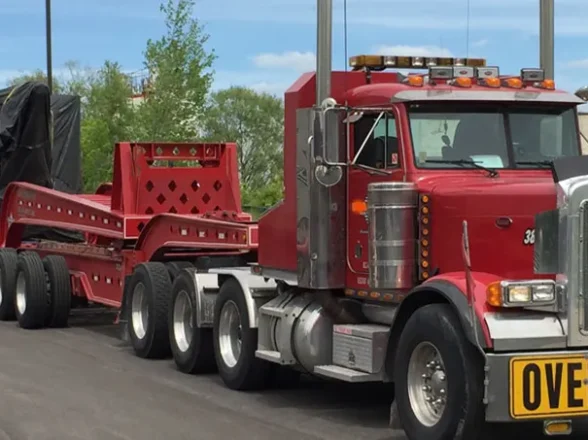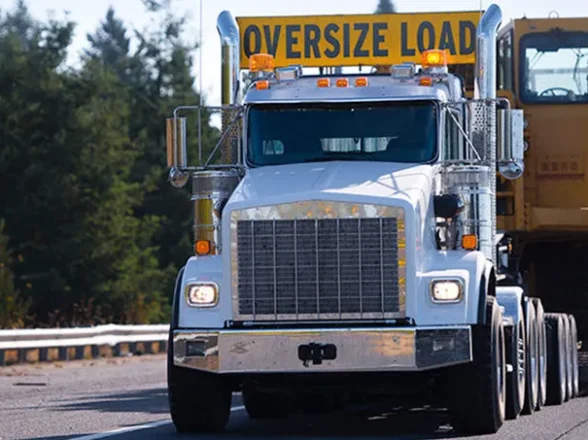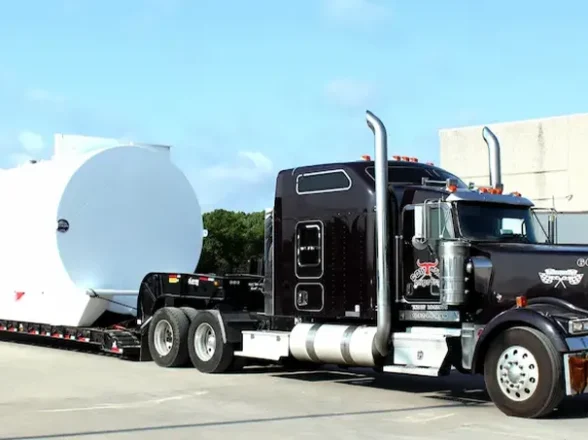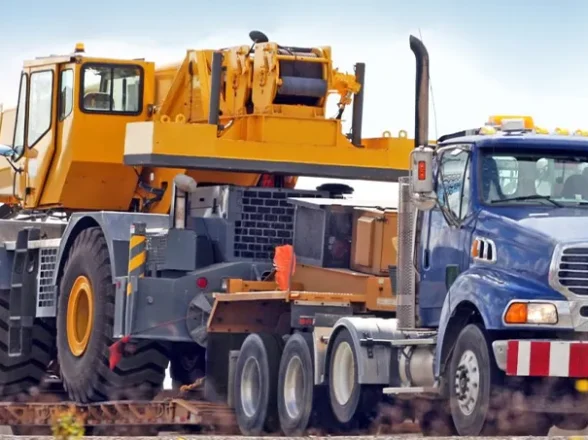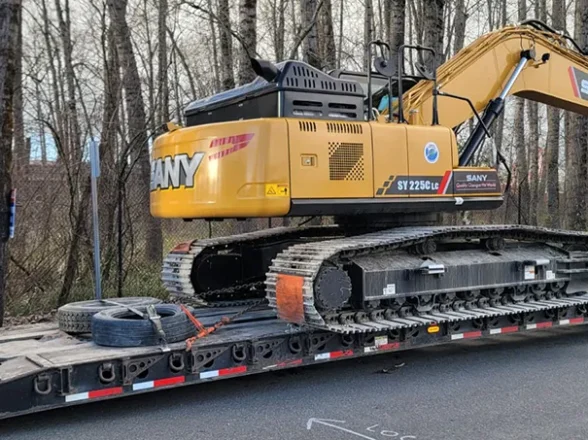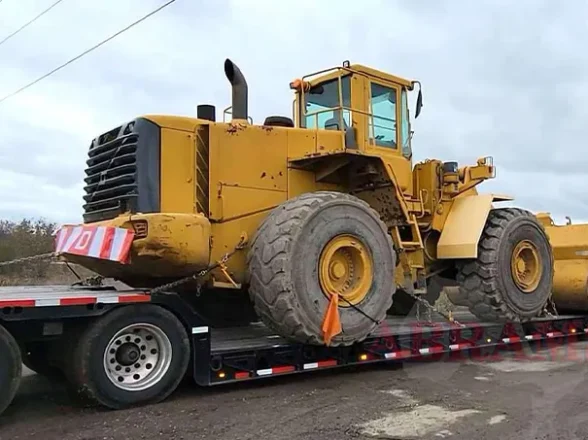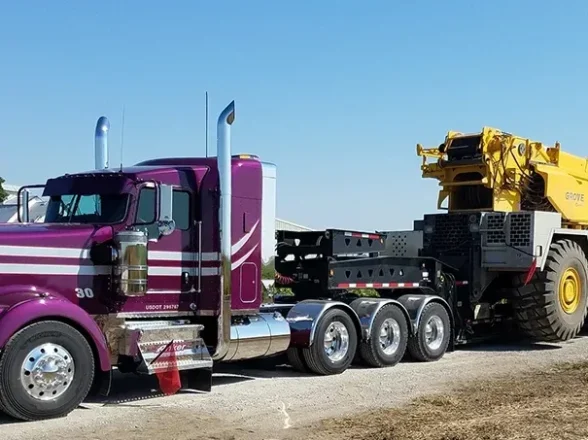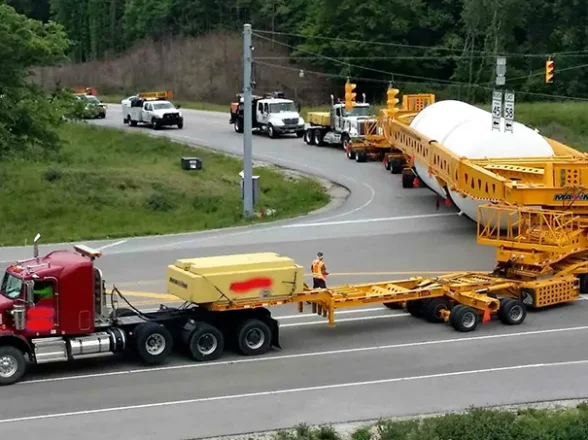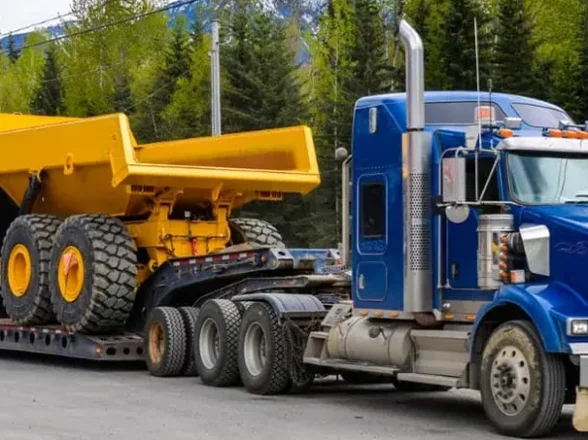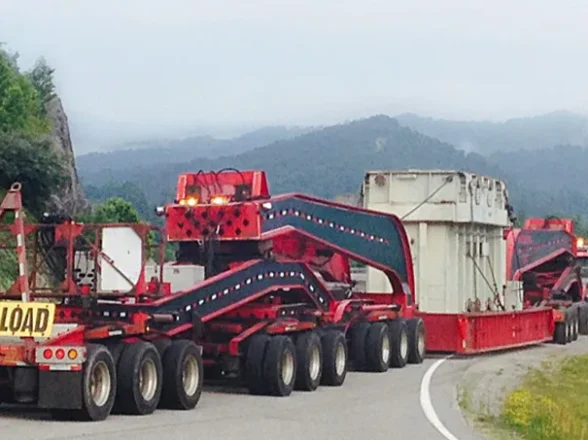DNP news
Blog
Comprehensive Guide to Montana Oversize Permits

The following information about Montana Oversize Permits is for informational purposes only. It’s important to always read your permits and provisions sheets carefully as we cannot guarantee the accuracy of the information provided. If you have any questions or need assistance, you can contact the following number.
Montana DOT #: 406-444-7262
Montana Oversize Permits Duration
Montana oversize permits have a validity period ranging from three to five days.
Operating Time
On Red Route Highways, travel is restricted after 3:00 pm on Fridays until sunrise on Saturdays, and from 12:00 noon on Sundays to sunrise on Mondays if the dimensions exceed 10 feet in width, 14 feet 6 inches in height, or 110 feet in length. Additionally, travel is prohibited after 4:00 pm on Fridays until Monday morning if the dimensions exceed 18 feet in width, 18 feet in height, or 120 feet in length. A Red Route Map is accessible online or at scales. Typically, holiday travel is allowed for loads not exceeding 10 feet in width, 14 feet 6 inches in height, or 110 feet in length.
Call (832) 454-5883 For Permit Consultation
Legal Dimensions for Montana Oversize Load Permits
Length:
- 53′ semi-trailer
- The maximum length allowed is 75 feet if the trailer exceeds 53 feet or if there is any rear overhang.
Overhang: The overall length, including overhang, up to and including 75 feet is considered legal. However, if the length exceeds 75 feet, a permit is required.
Width:
8′-6”
Height:
14′
Weight:
80,000 Gross
- Single – 20,000
- Tandem – 34,000
- Tridem – 42,000
Note: Divisible loads that exceed 80,000 gross weight can be transported without a permit, provided that all axle/group weights adhere to legal limits and the licensing covers at least the amount of the gross weight.
Routine Permit Limits at Montana
Length:
150′
Width: 18′
Height:
17′
Weight:
(5 axles) * (6 axles) * (7 axles) *Depends on spacings
- Single – 24,000
- Tandem – 48,000*
- Tridem – 62,700*
Variable, dependent on axle spacings, the permitting fee is contingent. Registration must cover at least the permitted weight amount for Montana.
* Note: DW21 Conditions are activated for loads over approximately 54,300 pounds (dependent on axle spacings) on a Tridem on two-lane highways, necessitating two pilot cars. For loads over approximately 48,000 pounds (dependent on axle spacings) on a Tridem on two-lane roads, 5 MPH Conditions may be triggered. Although 5MPH Conditions do not require pilot cars, they restrict travel to daylight hours only. Loads exceeding these dimensions are categorized as superloads.

Escort Requirements for Montana Oversize Permits
On Interstate Highways:
Length:
Over 120′ – one escort,
Width:
Over 16′-6″ – one escort
Height:
Typically not required, but for heights exceeding 17 feet, the necessity may vary depending on the route, and for heights exceeding 16 feet, there may be two-lane detours.
On two-Lane Highways:
Length:
Over 110′ – one escort
Width:
- Over 12′-6″ – one escort
- Over 14′ – two escorts
Height:
Over 17′ – one escort with high pole
Weight:
Over 54,300 – 55,000 on a Tridem (varies with spacings) – two escorts (DW21 Conditions).
Signs, Flags & Lights for Montana Oversize Permits
Vehicles or loads exceeding 10 feet in width must display “Oversize Load” signs on both the front and rear. Additionally, they require 5-inch flashing amber lights, a revolving beacon, or strobe lights at each end of the “Oversize Load” sign on the power unit. Alternatively, a single beacon light on top of the power unit is acceptable, provided it is visible from all directions. If the light is obstructed by the dimensions of the load, a light should also be present on the rear of the load. For combinations exceeding 105 feet on non-Interstate routes and 120 feet on Interstate routes, a “Long Load” sign must be displayed on the rear. However, an overlength load with a total overall length of less than 110 feet does not require signs.
Seasonal Load (Weight) Restrictions
Spring thaw restrictions may be in effect on certain routes, typically occurring from approximately February through May. Interstate routes are generally unaffected by these restrictions.






